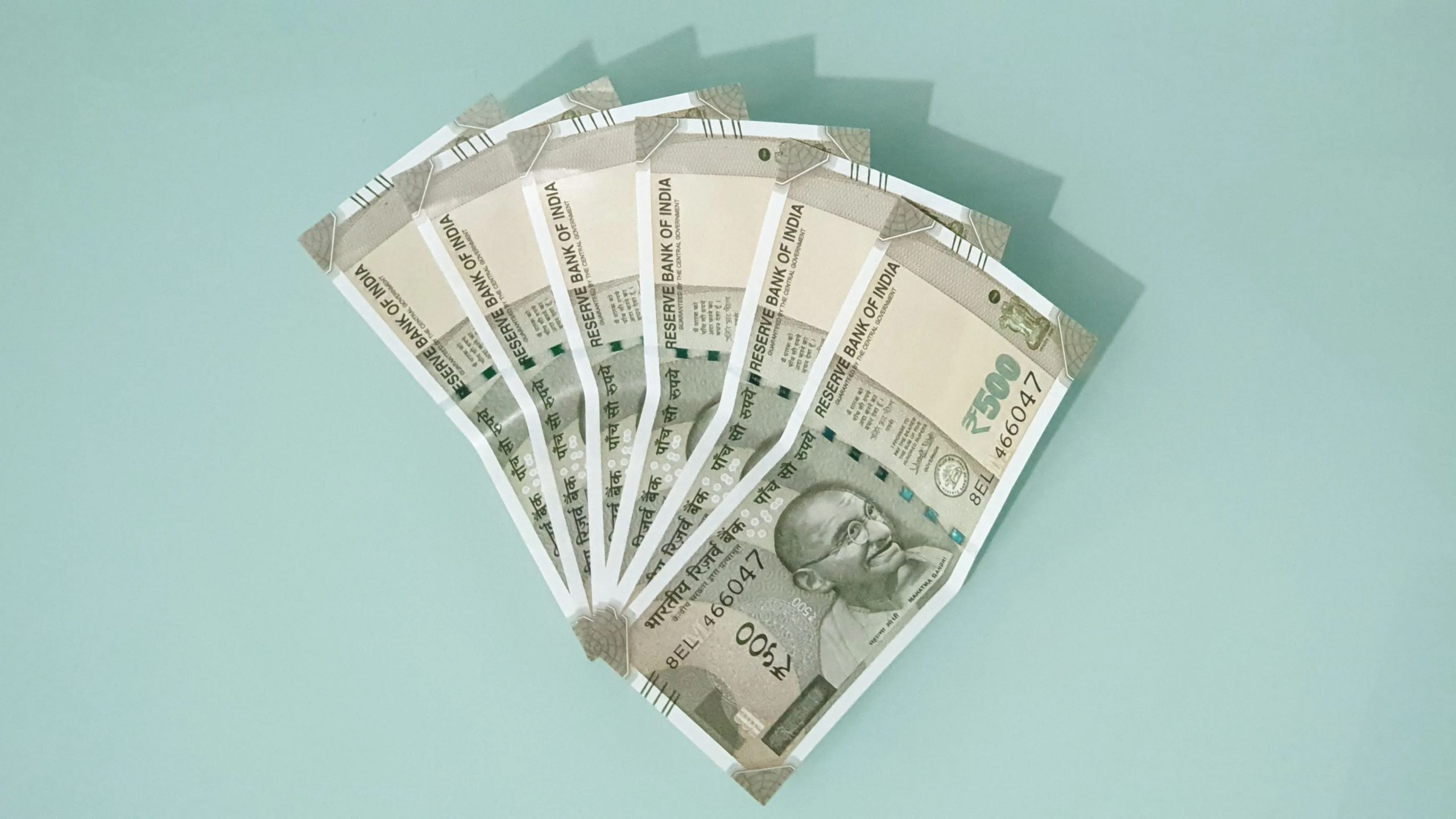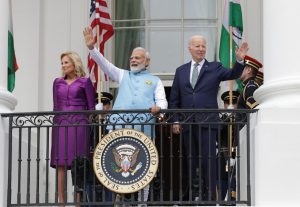It’s been five years since since Prime Minister Narendra Modi announced the government’s decision to ban all currency notes of higher denomination of Rs 500 and Rs 1,000 on November 8, 2016. Prime Minister Narendra Modi declared that the move would help root out corruption, curb fake currency, and ensure those hoarding ‘black money’ or unaccounted cash are forced to deposit it in banks. Later, demonetisation was described as crucial to herald India’s transition from cash to digital payments. Here’s a look at how these stated goals of demonitisation have turned out five years later.
Five years since demonetisation, Indian economy has more cash in circulation
Digital transactions
Currency notes in circulation in value terms have increased 64% till October 29, 2021. Notes in circulation went up from Rs 17.74 lakh crore on November 4, 2016 (four days prior to demonetisation) to Rs 29.17 lakh crore till the end of October, according to data released by the Reserve Bank of India (RBI). A report released by the central bank in August 2017 on demonetisation said banks had received 99.30% of the demonetised currency.
The ratio of currency in circulation seems to suggest demonitisation did not have much of an impact on India’s transition to digital payments until 2019-20 when it reached 12% after plummeting to 8.7% in 2016-17 from the 12.1% of India’s nominal GDP in 2015-16.
The figure reached an all-time high of 14.5% in 2020-21, primarily because of the economic disruption caused by COVID-19 pandemic. The value of transactions through the Unified Payments Interface (UPI) crossed $100 billion in October 2021.
India’s GDP
India’s gross domestic product (GDP) had grown consistently from 5.2% in 2011-12 to 8.3% in 2016-17, but in the post-demonetisation years, the economy started losing momentum with GDP growth rate dropping to just 4% in 2019-20.
Demonetisation was followed by the introduction of Goods and Services Tax in July 2017. In September 2019, the government announced a reduction in Corporation Tax rates.






